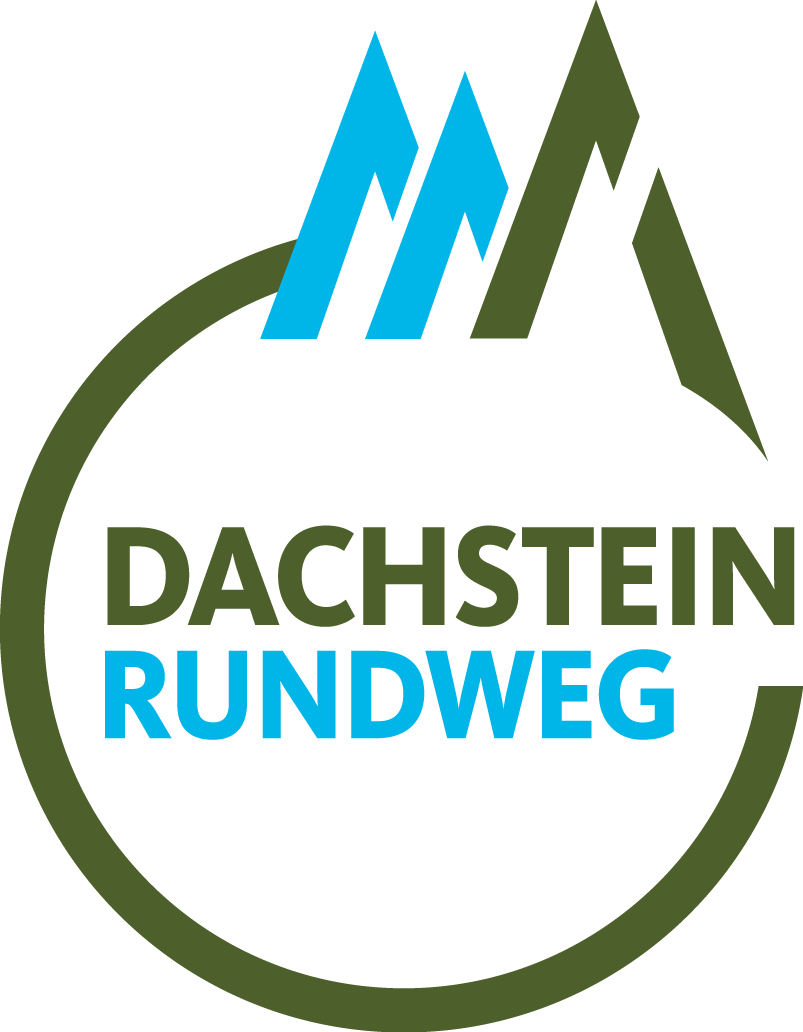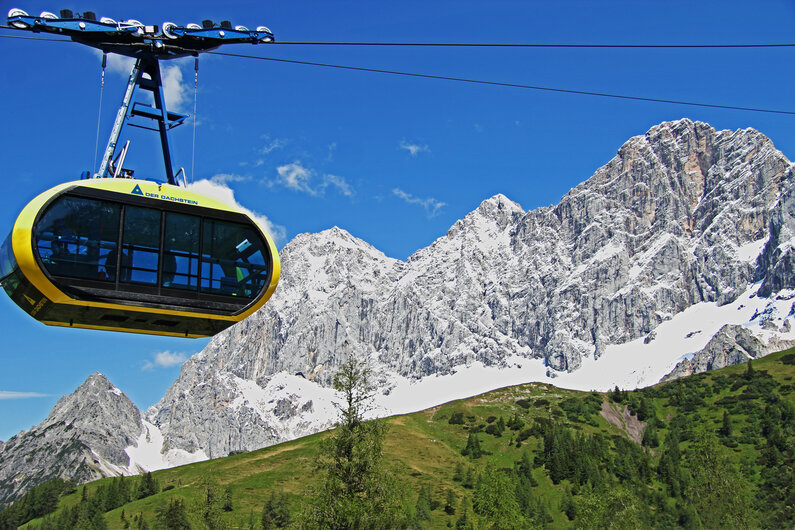World Heritage Site
At 2,995 meters above sea level, the Dachstein is the second highest summit in the Northern Limestone Alps. Although the Dachstein isn't a true "3,000er", it has long been an Alpine brand in its own right - not least since the mountain landscapes of the Dachstein, along with Hallstatt and the Inner Salzkammergut, were added to the prestigious "World Heritage" list.
"World Heritage" - a distinction that will be worn with pride by this mountain from now on. With its diverse landscapes, it has always been a source of fascination for mankind and, not without reason, is regarded as one of those unique mountain personalities: rugged crags towering above green alpine pastures, bizarre ridgelines, towers and mighty walls, glacial ice, limestone rock and remote high plateaus, virgin forests and scenic peaks, mysterious karst springs and mirror-like tarns, all leaving their distinctive stamp on and around the Dachstein.
Many significant people have also left their traces on the Dachstein. Painters and authors, researchers and nobility, mountaineers, climbers and cave explorers, miners and craftsmen. The fascination of the Dachstein is tangible, whenever you are in its proximity and pause to dwell upon its handiwork.
Panorama Gondola
"Convertible feeling" and the perfect view!
Since the Dachstein-Gletscherbahn cable car came into service, the ride up to the glacier has been a truly memorable experience.
Float up to a world far away from the daily grind and experience closer than ever before the massif of Styria's highest peak in the Dachstein panorama gondola, which is entirely built of glass!
ATTENTION: For using the Dachstein cable car it is absolutely necessary to make a reservation for the ascent about 1 week in advance at www.derdachstein.at. Otherwise it is possible that all seats in the gondola are fully booked. For the reservation guests are responsible for themselves.
In combination with the various traditional costumes you can go on a worthwhile search for traces around the Dachstein.
The variety and richness of detail of traditional costume is particularly pronounced in the Salzkammergut and plays an important role in the lives of the people, as does music. The love and competence in music and traditional costume is revealed in the various festivals, all of which have a fixed place in the annual cycle at the foot of the Dachstein.
The description of the Dachstein circumnavigation is given in the guide counter-clockwise, as both the scenic highlights and the differences in altitude fit more harmoniously into the route. Beginning in the northwest at the Gosausee, continuing at the foot of the Gosaukamm and the Dachstein south walls to Ramsau. From there you hike one floor higher over the glacier to the east to the Guttenberghaus and further to the Stoderzinken.
Through the Notgasse and Viehbergalm the lonely plateau is crossed northwards in the footsteps of the pilgrims to the Salzkammergut. The Salzkammergut is traversed on flat paths, always along the Traun, past Bad Aussee, Obertraun, Hallstatt and Bad Goisern. And last but not least, the Kalmgebirge with the Goiserer Hütte is crossed on the way to Gosau.






